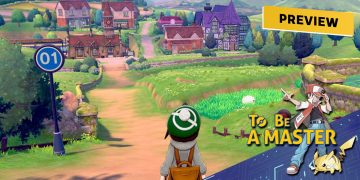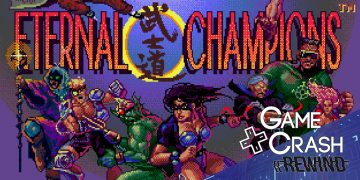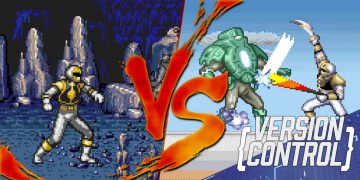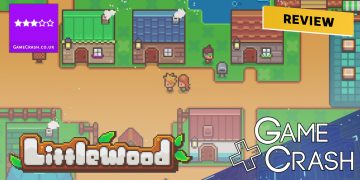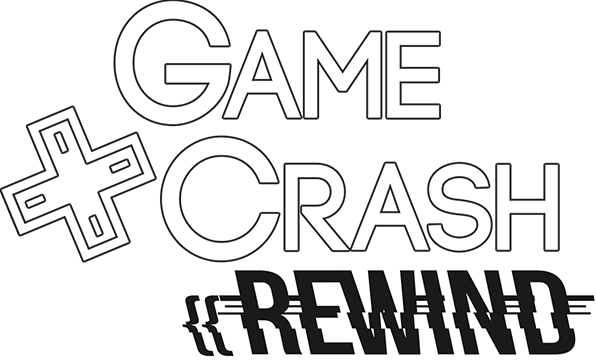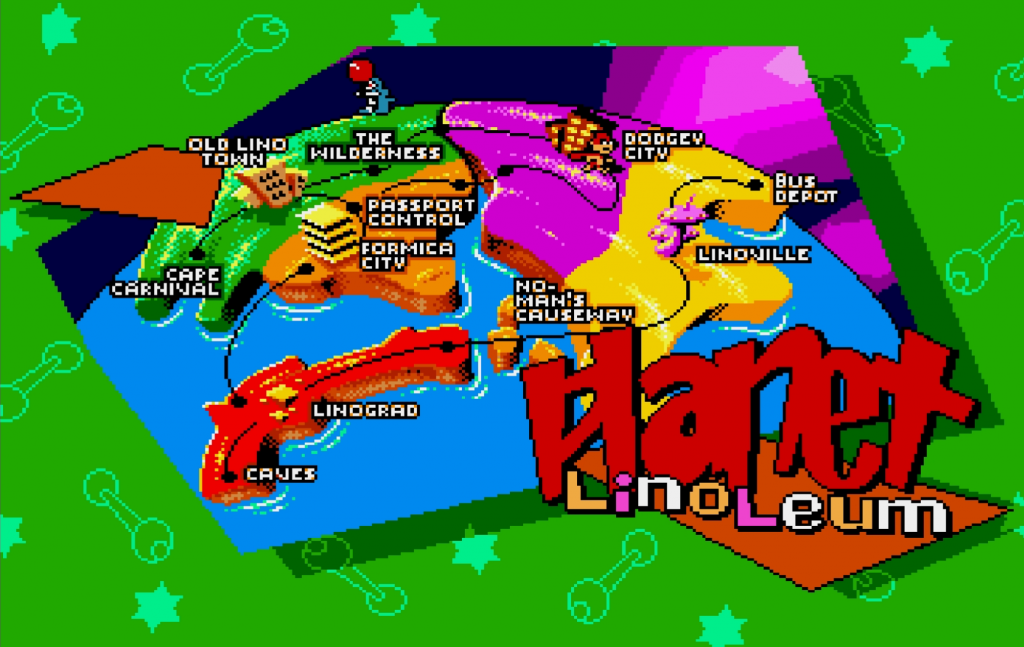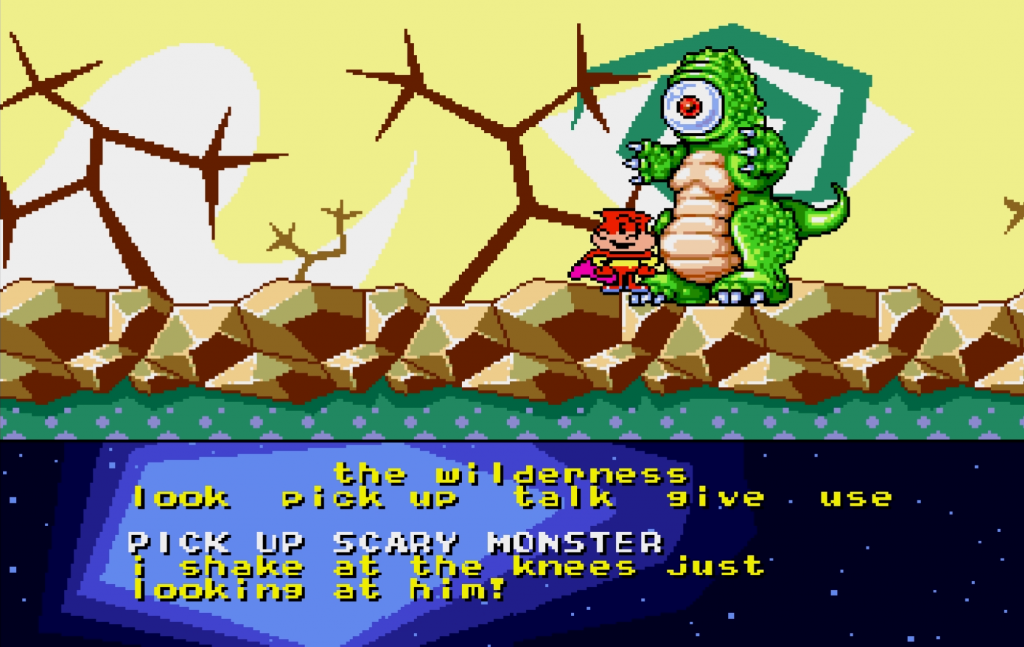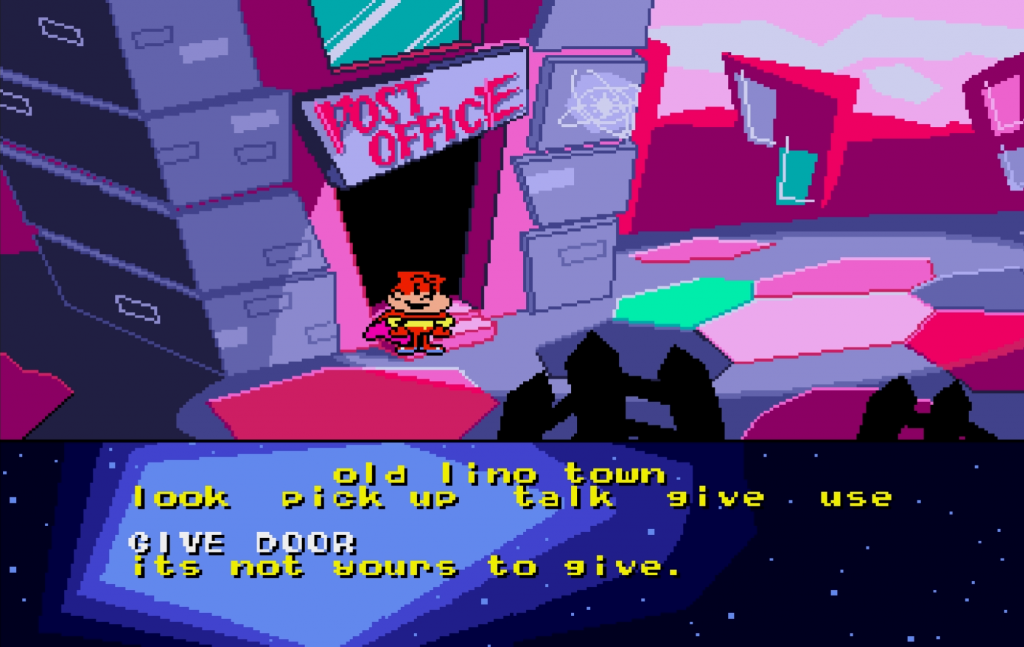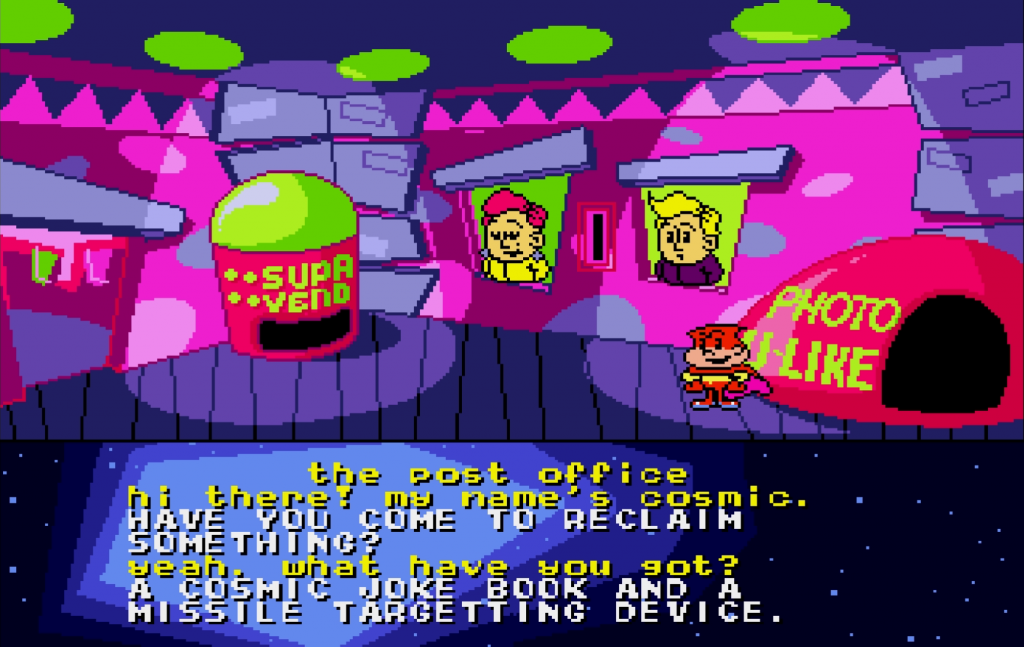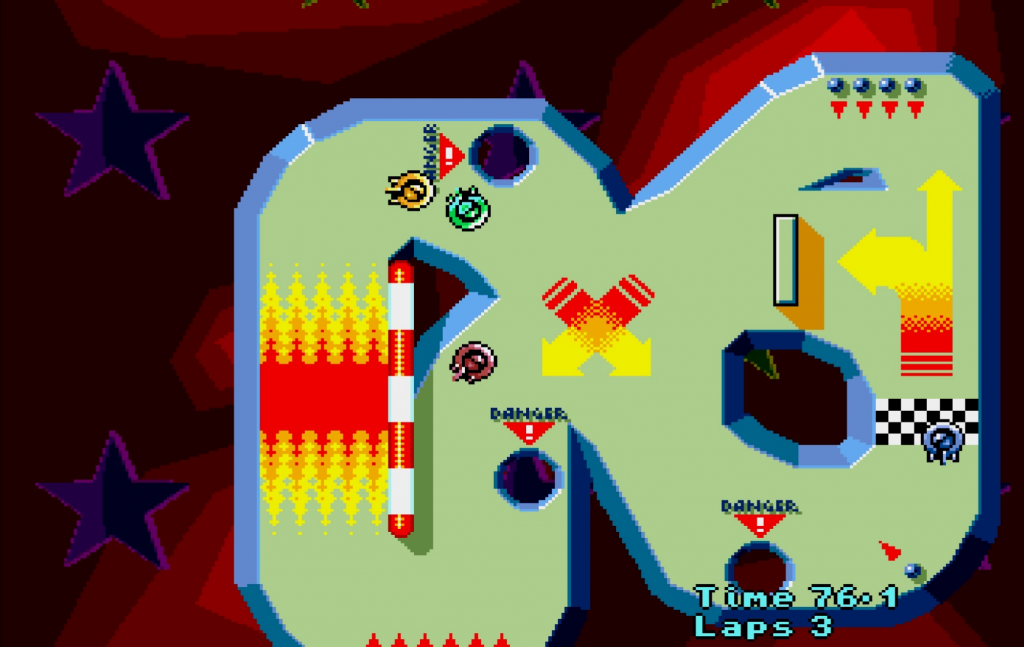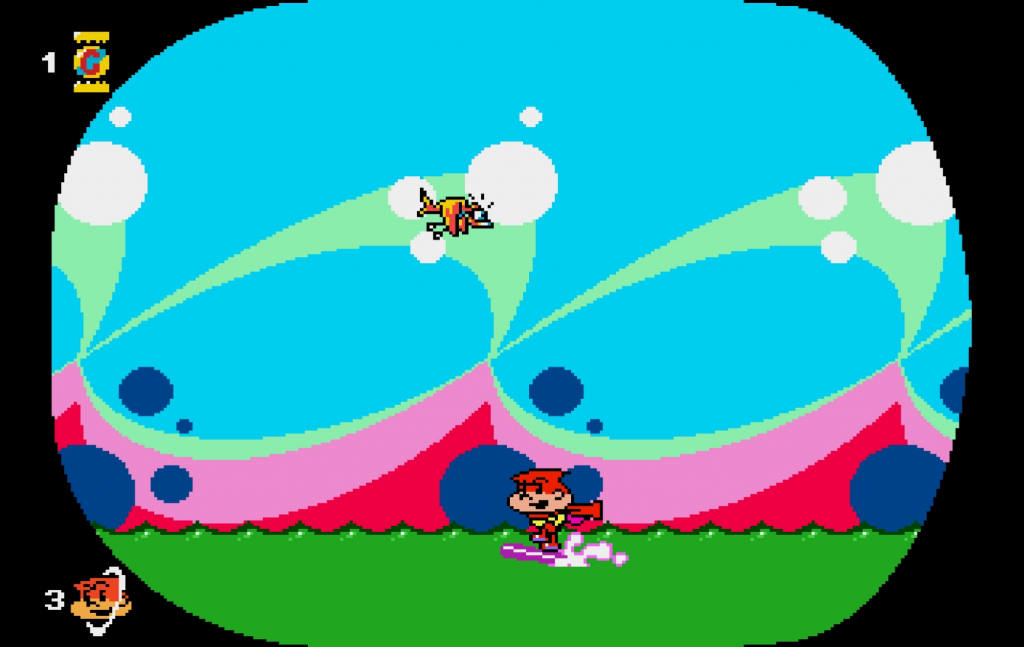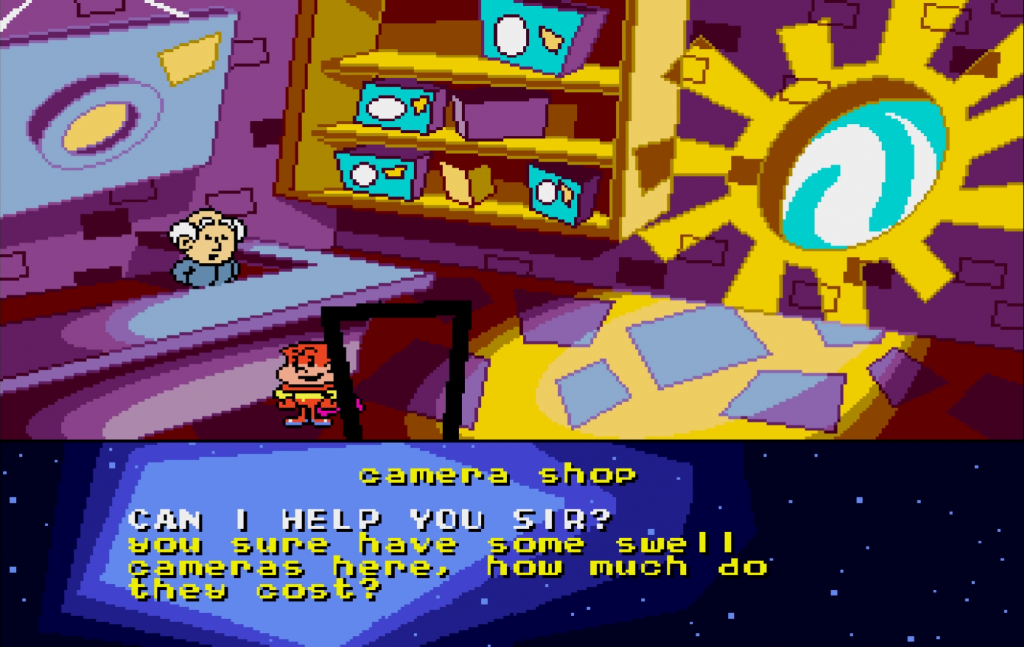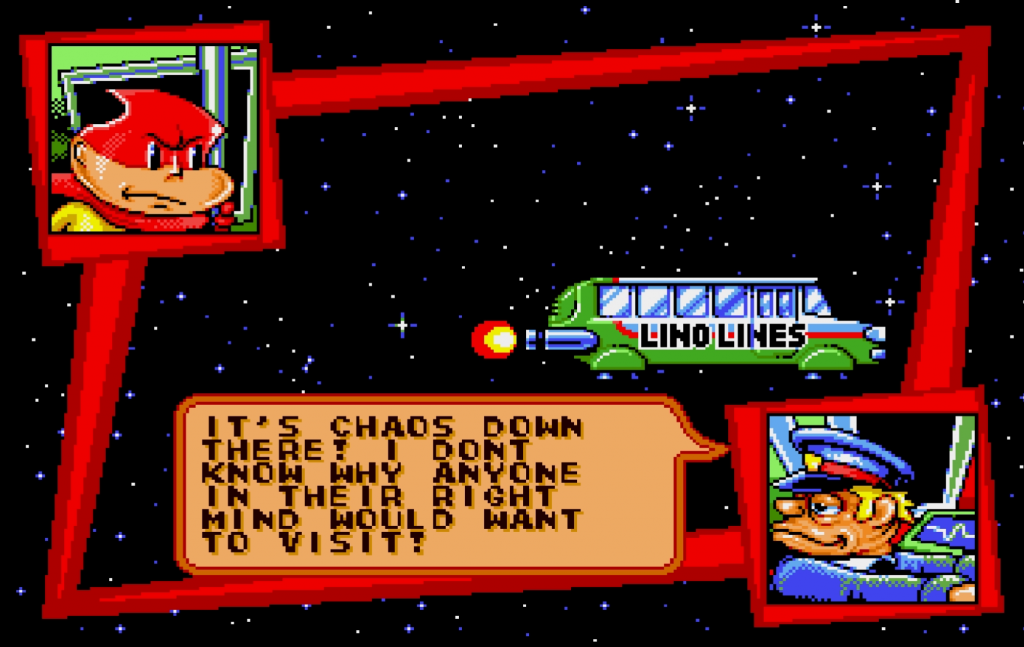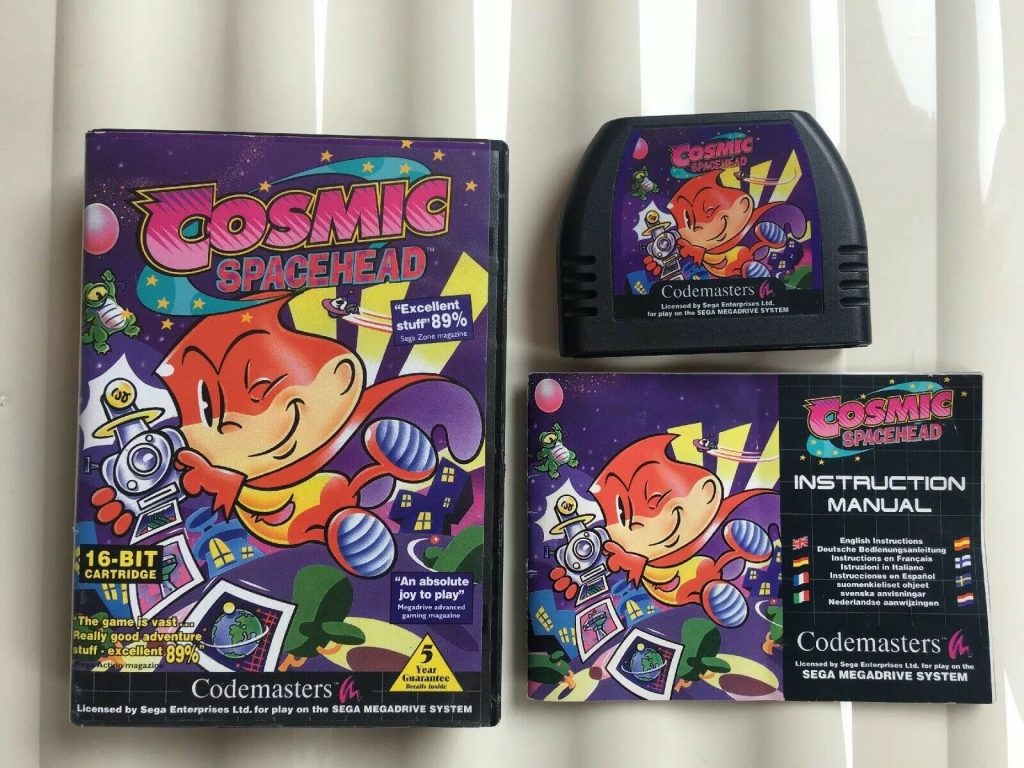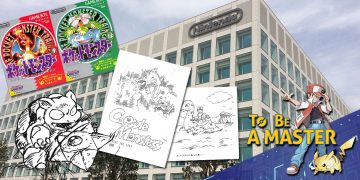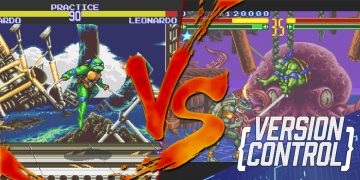Back in the 90s, British developers Codemasters followed up a multi-year career of releasing Amstrad and Spectrum games by approaching NES game releases in the same “DIY” fashion. This made them one of the few developers releasing games on the NES without Nintendo’s “seal of approval” – even requiring additional hardware to get around Nintendo trying to lock unlicensed developers out.
As well as Micro Machines – the game that would effectively give the company their ‘big break’, these releases included multiple compilations. Most of these were nothing worth remembering. Even the original Linus Spacehead game that featured on one of them is – in the main – utterly terrible. A woefully mediocre platformer title with dreadful controls and migraine-inducing music.
But, by 1993 Codemasters had given Linus his own game, Linus Spacehead’s Cosmic Crusade and reworked it into primarily being a point-and-click adventure game. By the time the Mega Drive version arrived – renamed to Cosmic Spacehead – Linus finally had a game worth remembering.
What is it?
In the first Linus Spacehead game in one of the NES compilations, Linus, an alien from the planet Linoleum, crash lands on Earth and travels through various video-gamey locations to find the pieces of his broken radio so he can call for help to get home.
Upon returning home, however, he struggles to make people believe his stories about the strange planet he crashed on, so he decides to go back to Earth and this time return home with photographic proof. This is where Cosmic Spacehead begins – with Linus (or ‘Cosmic’ as this version refers to him as) journeying across the planet Linoleum to get hold of a camera and a spaceship to head back to Earth.
Not a jot of this is explained in the game itself. Instead, as soon as it begins, you’re greeted with a basic scene of Linus stood in an area called “Old Lino Town” and a selection of words: look; pick up; talk; give; use.
For Mega Drive owners in 1993, even just getting to grips with this initial, alien concept of game control was a new hurdle. Not many console owners will have encountered this Lucasarts-style point-and-click gameplay before, after all. But this very different kind of gameplay is what makes Cosmic Spacehead such a charming, stand-out title even today.
Linus’ journey across Linoleum is effectively one game-long series of fetch-quests. Most of the puzzles revolve around working out what item a given character needs to get what you want from them. Throughout his journey, Linus deals with the fantastic – sending a Godzilla-like monster floating into space by handing it a balloon, so he can get past it – to the totally mundane – such as obtaining a passport.
Ideas that could sustain entire games on their own, like competing in bumper car races to get money and putting down robot uprisings, are just minor plot-beats on his path to journeying back to the Blue Planet.
When travelling between each location for the first time, Linus goes back to his platforming roots with a mediocre and frustrating platforming level. The controls here are slow and stiff. The levels are based primarily on navigating bottomless pits by making perfect jumps, and all of the enemies are one-touch kills with no way to defeat them.
Although they extend the game considerably, they’re a substantial black mark on the rest of the adventure. Getting a Game Over because of these frustrating levels, quite deep into the rest of the game, will have been the cause of more than one destroyed Mega Drive controller.
Should you play it?
While the point-and-click genre the game mostly lands in is stuffed full of more significant and more adventurous alternatives, there’s still a lot to love in Cosmic Spacehead’s more straightforward adventure. The world – one of gunpowder vending machines and lost property offices handing over missile targeting devices because the asking child “has all the components required to make a bomb” – is delightfully nutty.
There’s a distinct lack of people to have a dialogue with, but what writing is there is classic Beano-style British comic humour. Although the game does feature such dubious moral highlights as exclusively gaining all required funds via a slot machine and entering a driving contest with a forged driving license, there’s still no question that, even today, Cosmic Spacehead would be a great first adventure game for kids.
Indeed, it was enough to leave a considerable impression upon a much younger me that it’s one of the first games thought of when planning out this feature series. Even today, when playing games like Thimbleweed Park, I’ll think back to the days of exploring Linoleum and realising that using ‘icing powder’ on a body of water would, of course, cause it to freeze. Duh.
Can you play it?
Unfortunately, the answer to this one isn’t great. The Mega Drive’s Cosmic Spacehead was the end of Codemasters’ dalliance in Linus’ world. There would be no more Cosmic games and no re-releases on later consoles or devices.
Original Mega Drive carts are available on eBay, but Codemasters’ predilection for just releasing its games on its own without any official licensing or cartridges makes it something of a collector’s curio on the grounds of its unique cart alone. Examples range from between about £20 and £60 for boxed versions of the game.
The best possible version to get, if you can, is the 2-in-1 cartridge that includes fellow Codemasters banger, Fantastic Dizzy. This is often considered the best of the long-running series, so if you’ve never played either, you really can’t go wrong here.
Honestly, it’s long since past time Codemasters stopped wasting time on their incredibly successful racing game series and started making adventure games like Cosmic Spacehead and Dizzy again. Who’s with me?
Right?
Hello?







